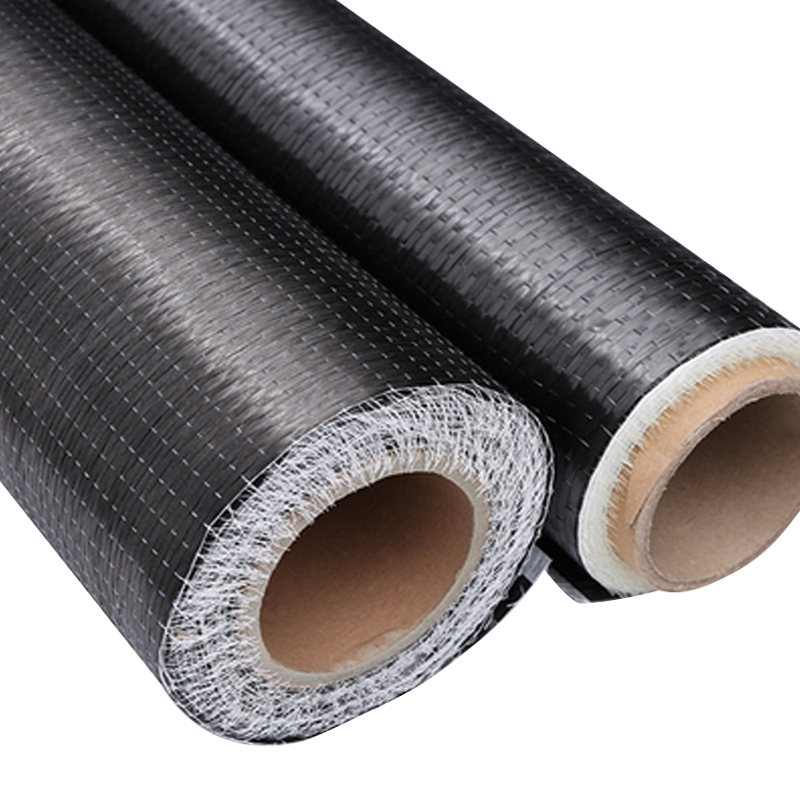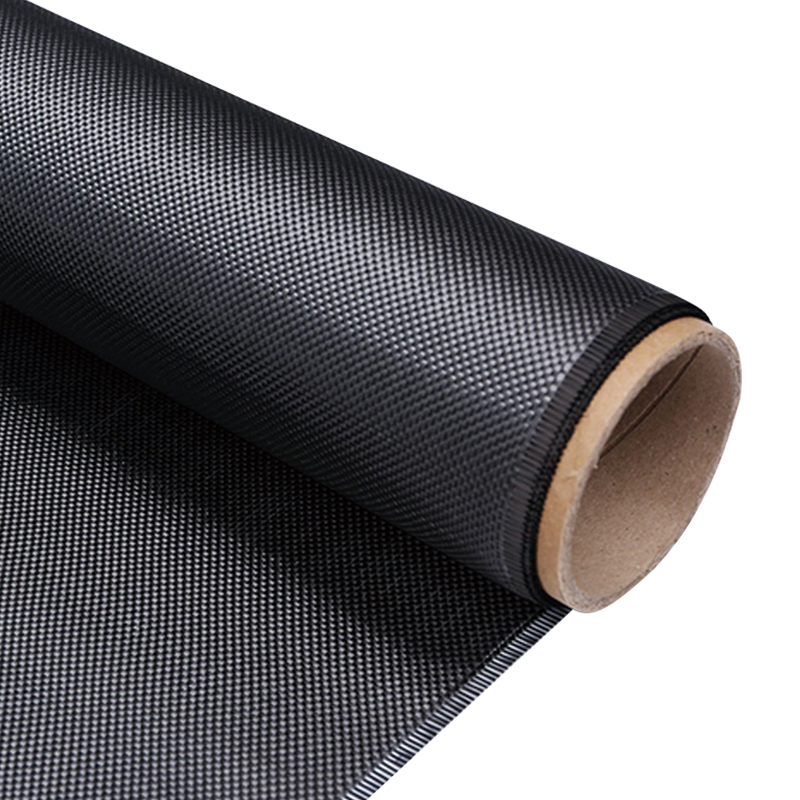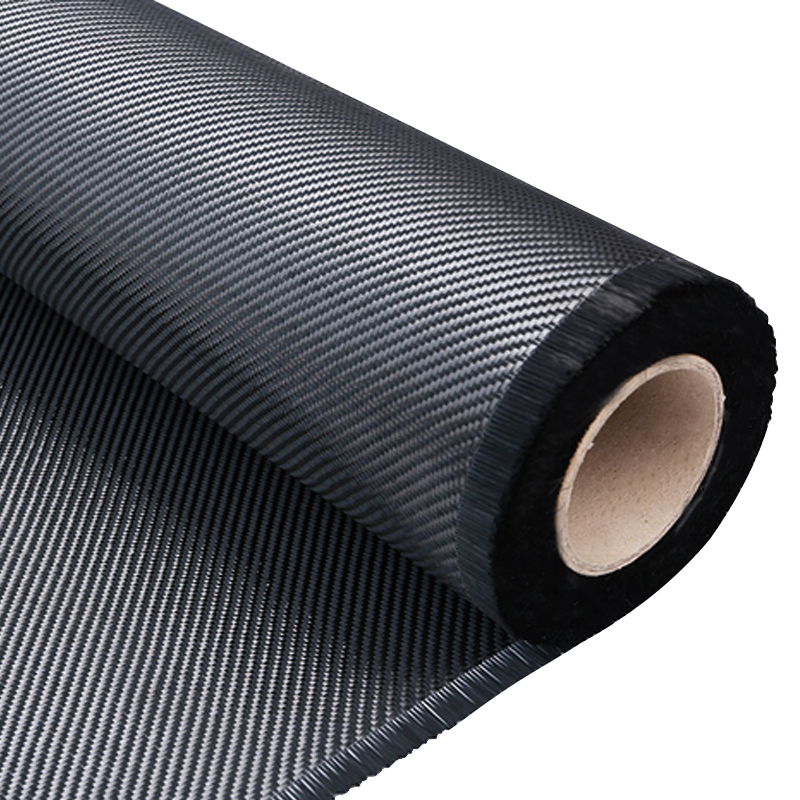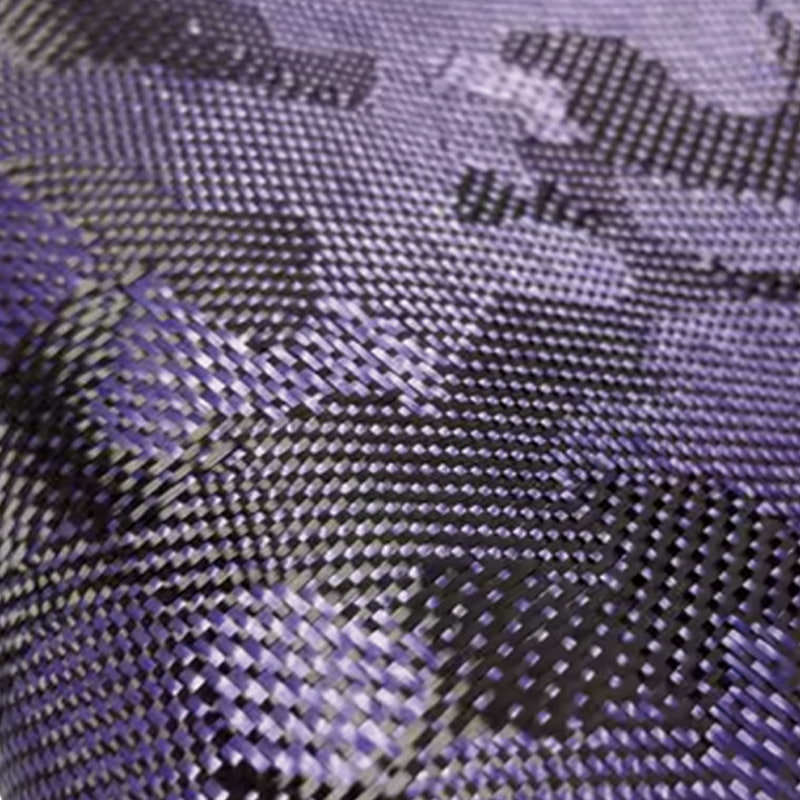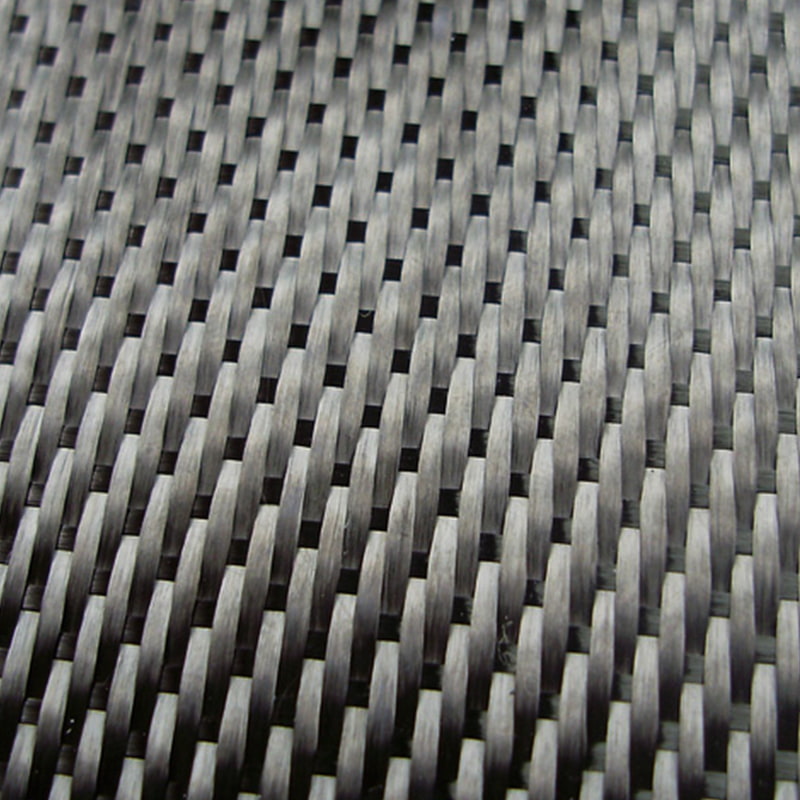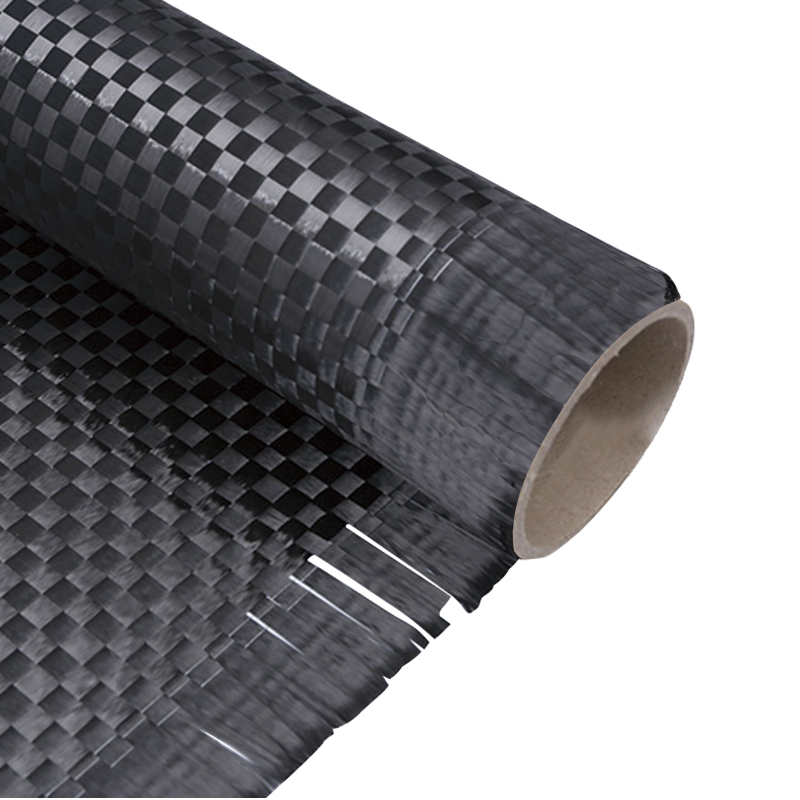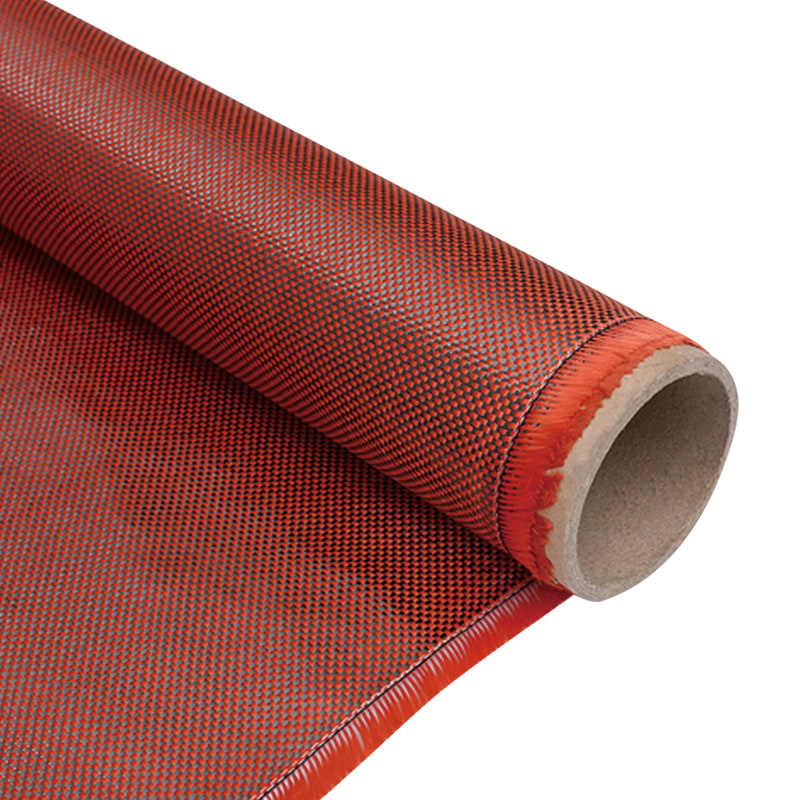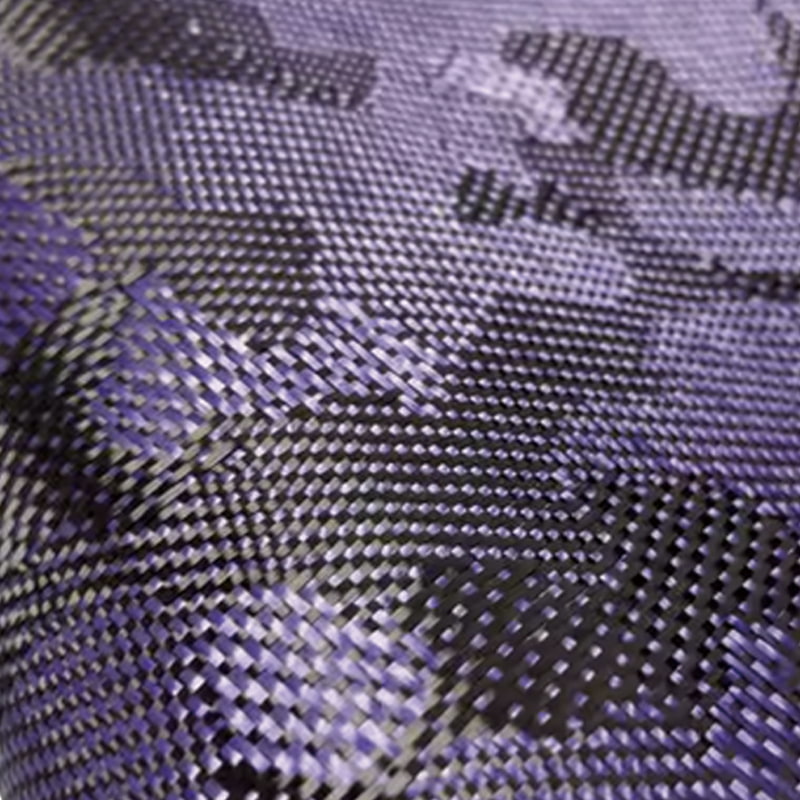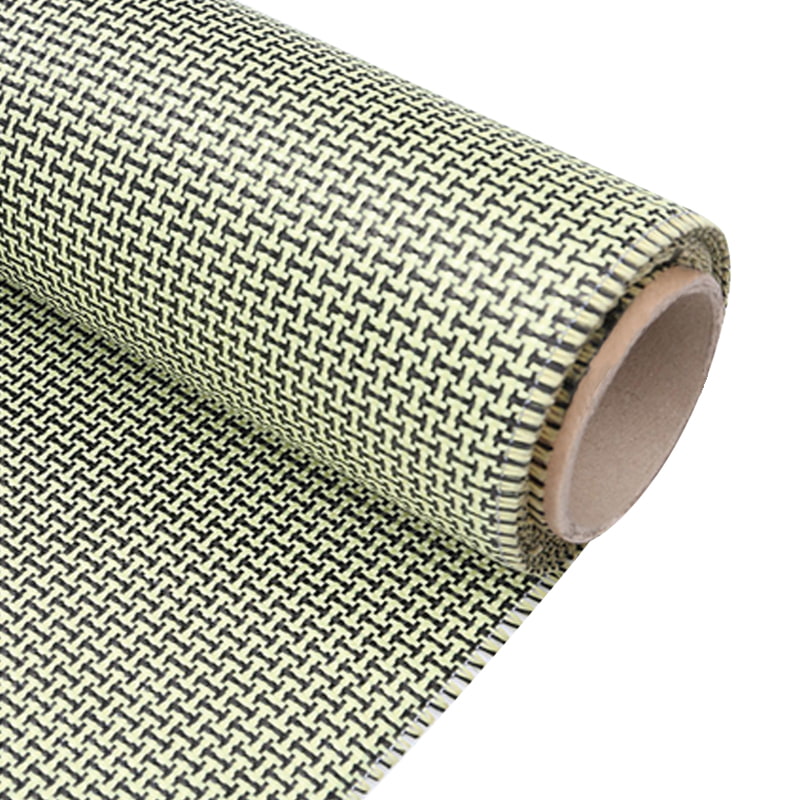Exploring the Benefits of Aramid-Carbon Hybrid Materials
The combination of aramid and carbon fibers has revolutionized high-performance industries, offering unmatched strength-to-weight ratios. Aramid-carbon mixed fabric blends the impact resistance of aramid with the rigidity of carbon fiber, making it ideal for applications where durability and lightness are critical. Below, we delve into its unique advantages and growing applications.
3k 1000d/1500d Plain/Twill Aramid Carbon Mixed Carbon Fiber Woven Fabric
1. Key Properties of Aramid-Carbon Hybrid Composites
The synergy between aramid and carbon fibers creates a material with exceptional properties. While aramid fibers excel in energy absorption and flexibility, carbon fibers provide stiffness and tensile strength. Together, they outperform traditional materials like steel or pure carbon composites in specific scenarios.
1.1 Mechanical Performance Comparison
Here's how aramid-carbon mixed fabric compares to other materials:
| Material | Tensile Strength (GPa) | Density (g/cm³) | Impact Resistance |
|---|---|---|---|
| Aramid-Carbon Hybrid | 3.5–4.2 | 1.4–1.6 | Excellent |
| Pure Carbon Fiber | 3.0–3.8 | 1.5–1.7 | Moderate |
| Steel | 0.5–2.0 | 7.8–8.0 | Poor |
2. Top Applications of Aramid-Carbon Mixed Fabric
From aerospace to ballistic protection, this hybrid material is transforming industries. Its adaptability makes it suitable for scenarios where weight reduction and safety are paramount.
2.1 Aerospace and Defense Uses
In aircraft and spacecraft, aramid-carbon hybrid materials reduce weight while maintaining structural integrity. They're increasingly used in wing components and fuselage panels.
How Aramid-Carbon Fabric Enhances Ballistic Protection
Military and law enforcement agencies prioritize materials that offer both protection and mobility. Aramid-carbon mixed armor provides superior bullet resistance compared to traditional Kevlar, especially against high-velocity projectiles.
3. Comparing Ballistic Performance
Tests show that adding carbon fibers to aramid layers improves fragmentation resistance by up to 30%. Below are key metrics:
| Material | V50 Rating (m/s) | Areal Density (kg/m²) |
|---|---|---|
| Aramid-Carbon Hybrid | 750–850 | 12–15 |
| Pure Aramid | 600–700 | 14–18 |
Manufacturing Techniques for Aramid-Carbon Composites
Producing high-quality aramid-carbon weave requires specialized methods to ensure fiber alignment and resin distribution. Advanced techniques like 3D weaving and resin transfer molding are commonly employed.
4. Challenges in Hybrid Fabric Production
Combining these fibers demands precision due to their differing thermal expansion rates. Manufacturers must optimize curing temperatures to prevent delamination.
Environmental Impact and Sustainability
While aramid-carbon reinforced materials are durable, their recyclability remains a challenge. Researchers are developing pyrolysis methods to recover fibers without degradation.
5. Future Innovations in Hybrid Composites
Emerging technologies aim to integrate nanomaterials like graphene into aramid-carbon mixed fabric, potentially enhancing conductivity and strength further.
 English
English  中文简体
中文简体 عربى
عربى Tiếng Việt
Tiếng Việt
